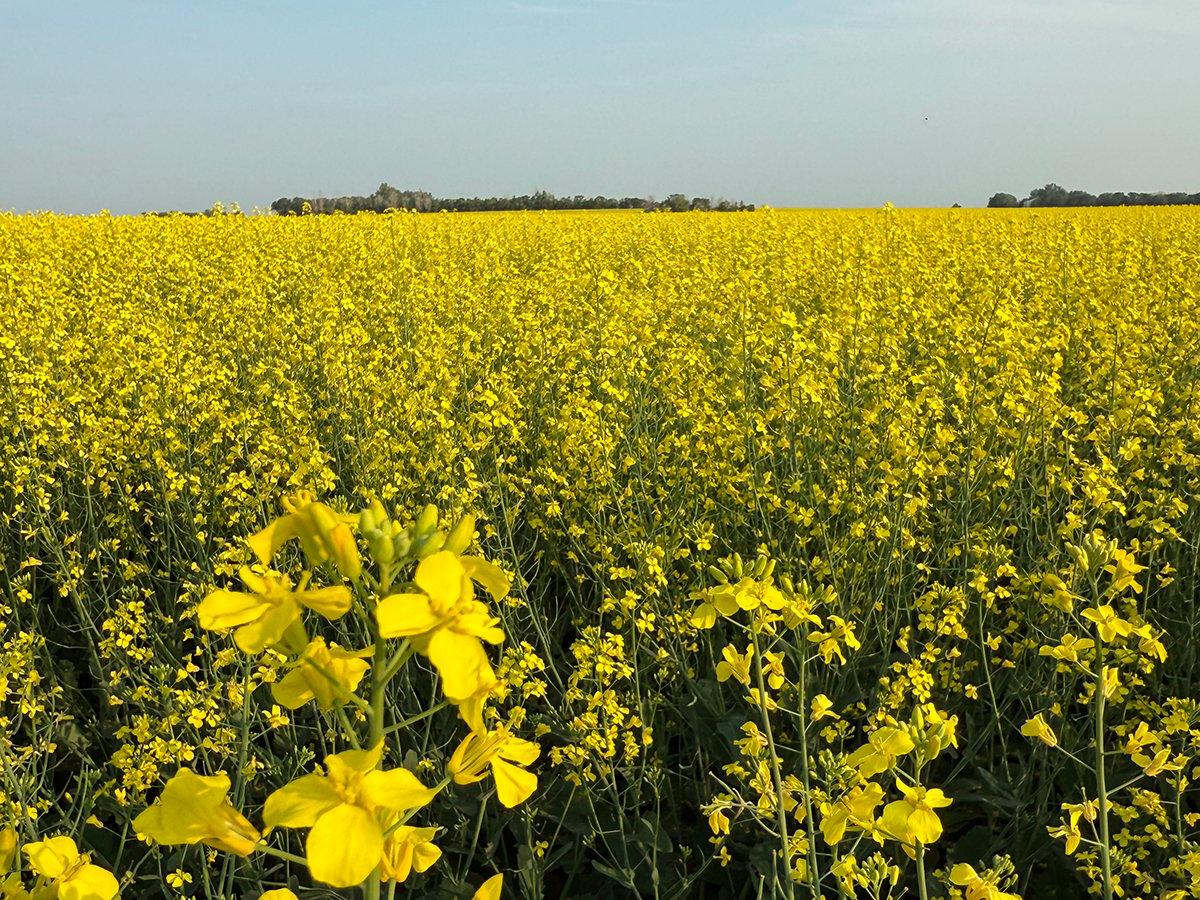Online program helps producers group sort according to condition and provide precision feeding for maximum productivity
Uniformity is the core objective of Topigs Norsvin’s new online Sow Feed Monitor program.
“Our philosophy in terms of feeding programs is that you cannot steer or develop a good feed program unless you can decrease the variation in your sow barn,” said Willem Steyn, the company’s nutrition team lead.
“We give you the reference body weight, back fat thickness and body condition over parity to start with. Then you plug in your information.”
The program uses at least 10,000 data points, each representing an individual sow from top producing farms.
Read Also

Canola support gets mixed response
A series of canola industry support measures announced by the federal government are being met with mixed reviews.
In Canada, many producers will be interested in comparisons of sows from the favoured Topigs 20 genetic line, Steyn said.
The idea is to fit 80 to 85 percent of sows within the desired body condition group at both farrowing and weaning, which he said is a challenging but realistic goal.
The program divides sows into three broad groups: skinny, a red designation; too fat, a blue designation and the desired green box sows.
Rather than fussing with overly narrow parameters, green box sows fall within the program’s desired range but still have a certain amount of variation. Steyn said the overall goal is to steer the entire herd in the right direction.
Coloured graphs and at-a-glance comparisons with key standards and updates make the program easy to use. Colours can then be used real time to fit sows into the appropriate category.
Steyn said the productivity of skinny sows tends to be low. They lack milk production in some cases and may produce piglets with low birth weights.
Excessively heavy sows are more expensive to maintain, may have reduced feed intake during gestation, are more likely to produce stillborn pigs and are at risk of having a lower milk yield.
It’s also impossible to develop precision feeding protocols, especially in larger operations, when there is an excessive variation in body condition scores among sows.
The Sow Feed Monitor helps producers group sows according to condition and feed them the optimum diet for their condition with the most appropriate feed curves and nutritional requirements. Uniformity should improve over time.
“By improving herd uniformity, you can automatically use precision feeding,” Steyn said.
It’s especially important to get gilts off to a good start. If they’re too big at breeding, or too small, it’s the way they’ll stay.
The program can be used in different ways at the discretion of producers and with the realization that despite its efficient design, a time factor is involved.
Steyn said producers should consider three basic options when applying the program:
- Use back-fat scanning and body condition scoring on a regular basis. Under this scenario, the more labour intensive weighing could be reserved to times when operators wish to look more intensively at their herd.
- Examine body condition only occasionally to see of the feed program is moving sows in the right direction.
- Occasionally add weighing.
- All three measures would be appropriate when doing a full herd examination or making a major change such as in the areas of genetics and feed.
Steyn said producers should use at least two parameters: back fat and weight or back fat and condition score. This accounts for the fact that big sows are not necessarily fat.
The program is free to Topigs customers as well as prospective customers. Passwords and user names for the online program are assigned.
The program was designed using data from Topigs genetics, which means the full value of the program is available only when they are used.














